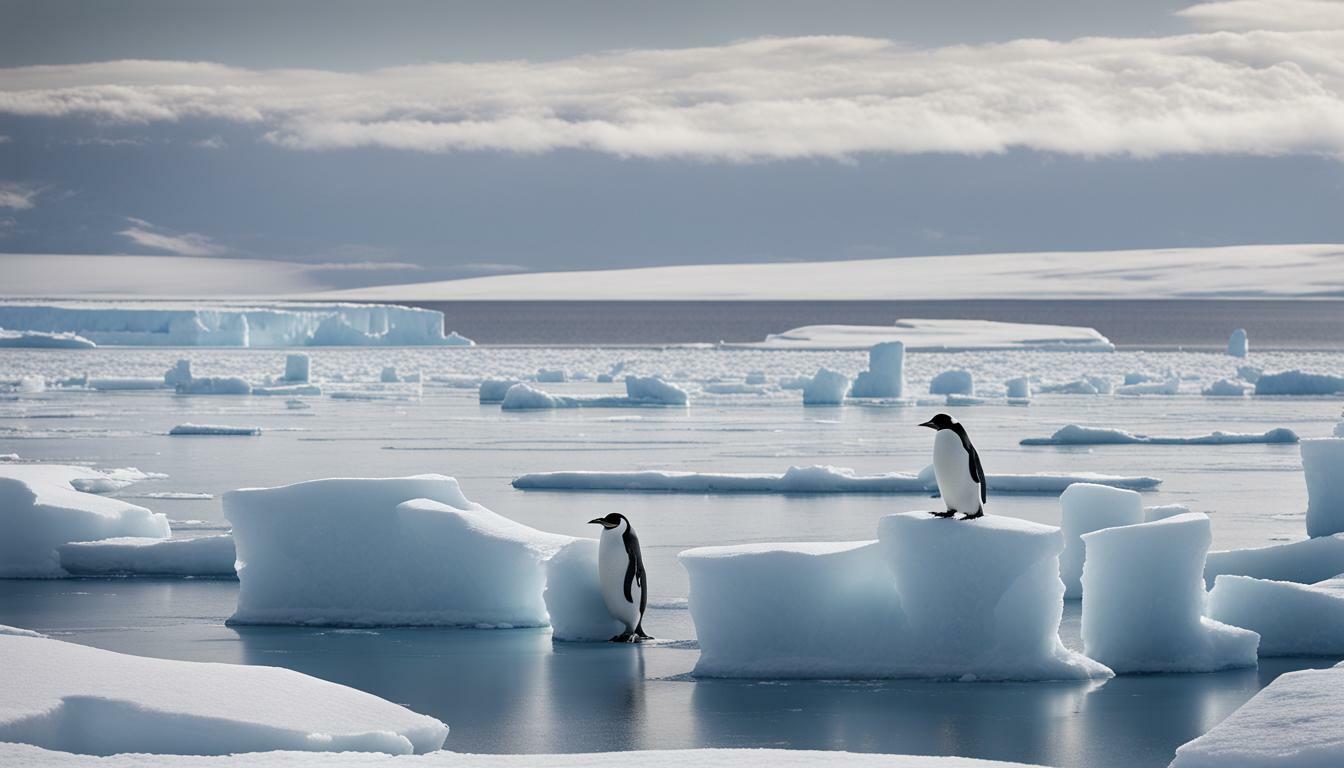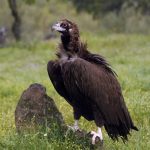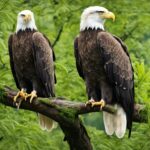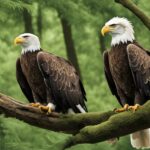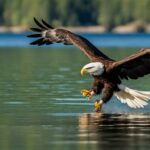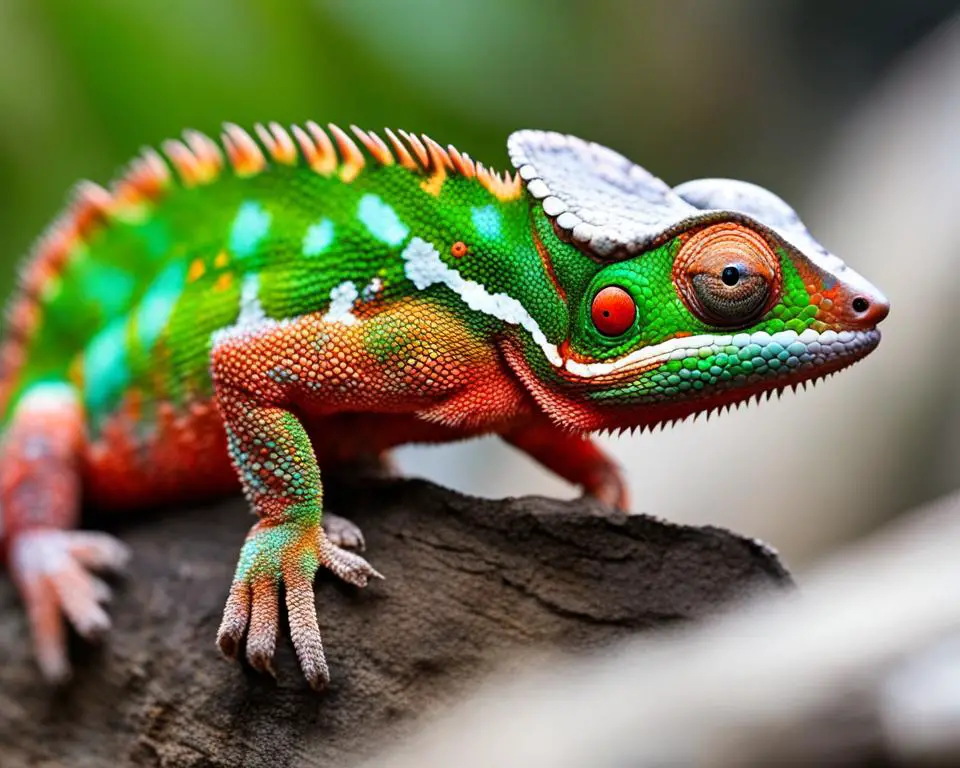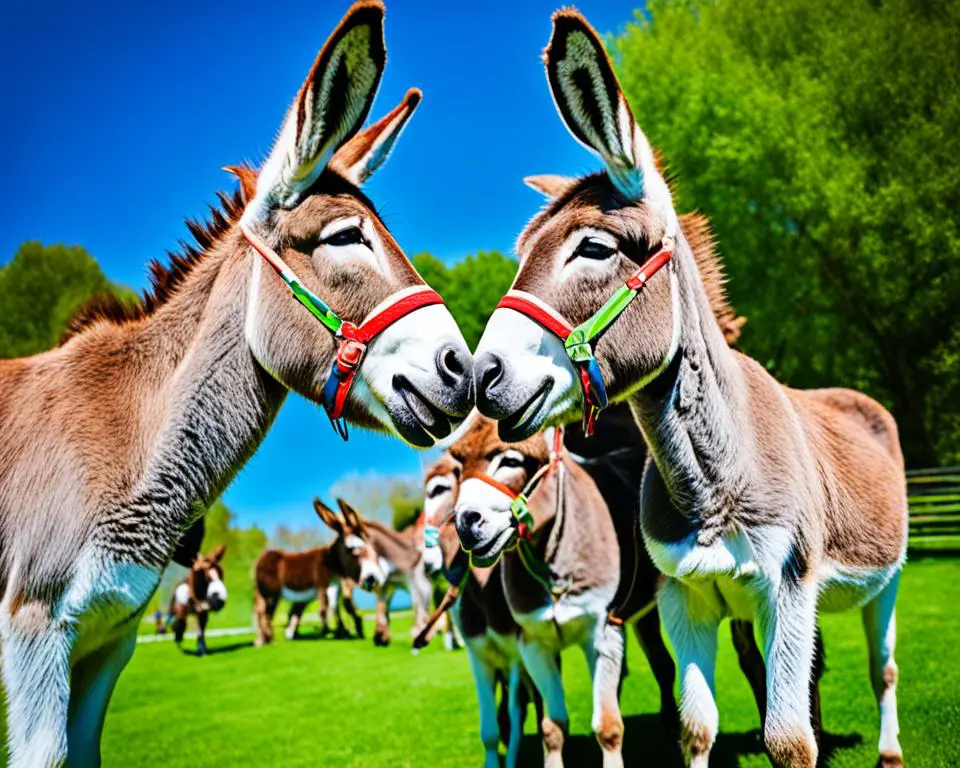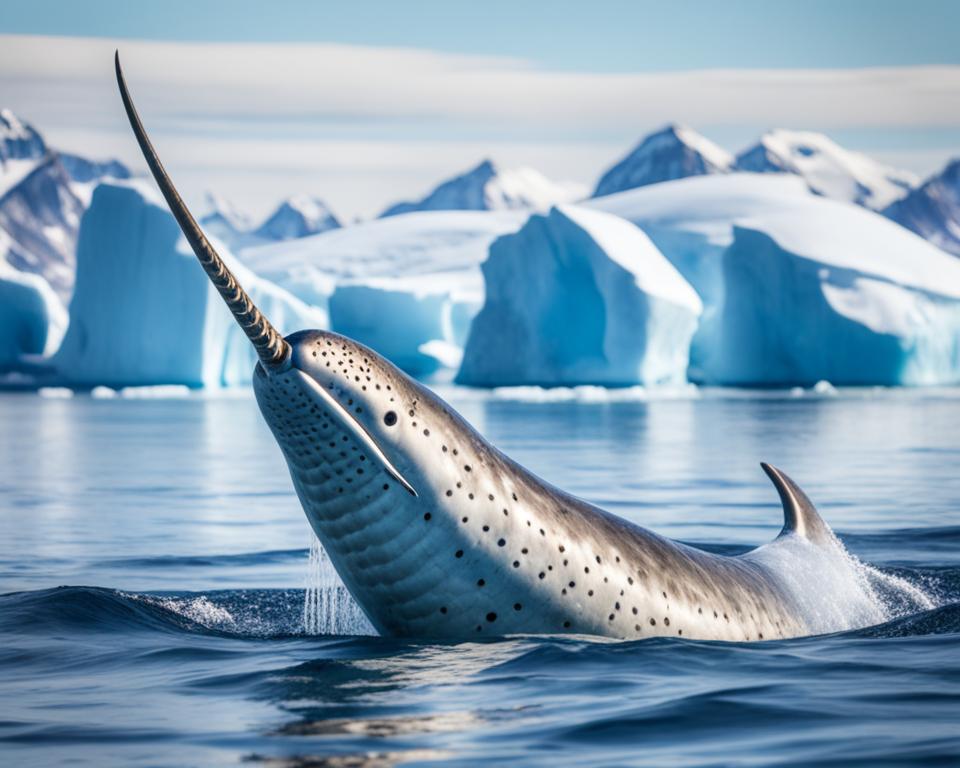When you think of Antarctica, one of the first images that come to mind is that of a penguin waddling on the icy terrain. But have you ever questioned whether these flightless birds truly exist in Antarctica? In this article, we will explore this intriguing question and provide you with a comprehensive overview of penguins in Antarctica.
Despite the common belief that penguins only live in Antarctica, the truth is that not all penguin species reside in this frozen continent. However, Antarctica is home to several unique and fascinating penguin species that have developed remarkable adaptations to survive in their harsh environment.
Key Takeaways:
- Antarctica is home to several penguin species.
- Penguins have adapted to survive in the harsh Antarctic environment.
- Not all penguin species reside in Antarctica.
Exploring Penguin Habitats in Antarctica
Antarctica is home to various species of penguins that have adapted to thrive in the icy wilderness. The continent’s harsh climate and terrain make it the perfect environment for these flightless birds to flourish. Here is a closer look at the different types of penguins that call Antarctica their home.
Emperor Penguins
Emperor penguins are one of the largest penguin species and can grow up to four feet tall. They live in colonies along the coast and inland on the sea ice. These penguins breed during the winter months, when temperatures can drop to -40°C (-40°F). The males huddle together to keep warm and protect their eggs while the females go out to sea to hunt for food. Once the chicks hatch, the parents take turns caring for them until they are old enough to fend for themselves.
Adélie Penguins
Adélie penguins are one of the most common penguin species in Antarctica and are known for their distinctive white eye-rings. They live in large colonies along the coast and feed on small fish and krill. Adélie penguins also breed during the summer months, building nests out of rocks and pebbles. They use their beaks to make a braying call that sounds like donkeys.
Gentoo Penguins
Gentoo penguins are the fastest swimming penguin species and can reach speeds of up to 22 miles per hour. They live in colonies along the coast and feed on krill and small fish. These penguins breed during the summer months, building nests out of pebbles and stones. Gentoo penguins are known for their loud, trumpeting calls that can be heard for miles around.
These are just a few examples of the penguin species that inhabit Antarctica. Despite the seemingly inhospitable conditions, these birds have managed to carve out a niche for themselves in this frozen landscape. Understanding their habitats and behaviors is crucial to protecting them and their unique ecosystem for future generations.
Fascinating Facts About Antarctic Penguins
Antarctica is home to a diverse range of wildlife, including numerous penguin species. These unique creatures have adapted to survive in one of the harshest environments on the planet, making them an essential part of the Antarctic ecosystem.
There are several species of penguins that can be found in Antarctica, including the Emperor, Adélie, and Gentoo penguins. Each species has distinct characteristics that help them thrive in their environment.
Antarctic penguins are known for their remarkable survival strategies. Despite the harsh climate, they have developed efficient ways to keep themselves and their chicks warm. They huddle together to conserve heat and take turns moving to the center of the huddle to share warmth.
Another fascinating fact about Antarctic penguins is their breeding habits. Emperor penguins, for example, lay a single egg and the males take on the responsibility of incubating it for up to two months, enduring extreme temperatures and harsh winds. Once the chicks hatch, both parents work together to keep them fed and warm.
Penguins are also social creatures. They communicate with each other through a variety of calls and displays, and often form close bonds with their mates and offspring.
Despite their remarkable adaptations, Antarctic penguins face numerous challenges, including climate change and overfishing. These issues can disrupt their food supply and nesting habitats, putting their populations at risk.
Therefore, it is crucial to protect and conserve Antarctic wildlife, including penguin species in Antarctica. By raising awareness and taking action to address these challenges, we can ensure that these remarkable creatures continue to thrive in their unique environment.
Life of Emperor Penguins in Antarctica
Emperor penguins are one of the most iconic species in Antarctica, known for their remarkable strength and resilience in the harshest environments. These majestic creatures are the largest of all penguin species, standing up to four feet tall and weighing up to 80 pounds.
Emperor penguins are social creatures, often forming large colonies to breed and raise their chicks. During breeding season, they migrate to their breeding sites, which can be up to 75 miles inland.
Emperor penguins have a unique breeding ritual that involves the male penguin incubating the egg for up to two months while the female penguin hunts for food to sustain both of them. Once the chick hatches, the male and female take turns caring for and feeding the chick until it is strong enough to survive on its own.
| Adaptation | Details |
|---|---|
| Feathers | Emperor penguins have a thick layer of feathers that help retain heat and protect them from the cold. |
| Blubber | They also have a thick layer of blubber that provides insulation and stores energy for when food is scarce. |
| Huddling | Emperor penguins huddle together in groups to conserve warmth and share body heat. |
The life of an Emperor penguin is not without challenges. They face harsh Antarctic winters, with temperatures often dropping below -40°F and over 100 mph winds. Despite the extreme conditions, Emperor penguins have developed remarkable survival strategies to adapt and thrive in their environment.
“Emperor penguins are uniquely adapted to survive in one of the harshest environments on Earth. Their resilience and strength are a testament to the incredible abilities of the natural world.”
Conclusion
Emperor penguins are an important species in Antarctica, both ecologically and culturally. Their resilience and strength are a testament to the incredible abilities of the natural world. It is important to continue to protect their habitats and raise awareness about the conservation efforts necessary to ensure their survival.
Are Puffins Related to Penguins or Are They Completely Different Birds?
Puffins and penguins may share some similarities in appearance, but the intriguing truth about puffins and penguins is that they are completely different birds. While both are expert divers, puffins belong to the seabird family Alcidae, while penguins are flightless birds found in the Southern Hemisphere. Despite their distinct characteristics, both puffins and penguins captivate nature enthusiasts with their adorable looks and remarkable aquatic abilities.
Conclusion
Now that you know the truth, you can rest assured that there are indeed penguins in Antarctica. These remarkable creatures have adapted to one of the harshest environments on earth and are an integral part of the Antarctic ecosystem.
Preserving their habitats is crucial not only for their survival but also for the survival of other wildlife in the region. By raising awareness and supporting conservation efforts, we can ensure that future generations can continue to admire and study these fascinating creatures.
So why not take the opportunity to learn more about Antarctica’s unique wildlife and consider ways in which you can contribute to their conservation? Whether it’s through eco-tourism or supporting conservation organizations, every little bit helps in protecting this incredible part of our planet.

